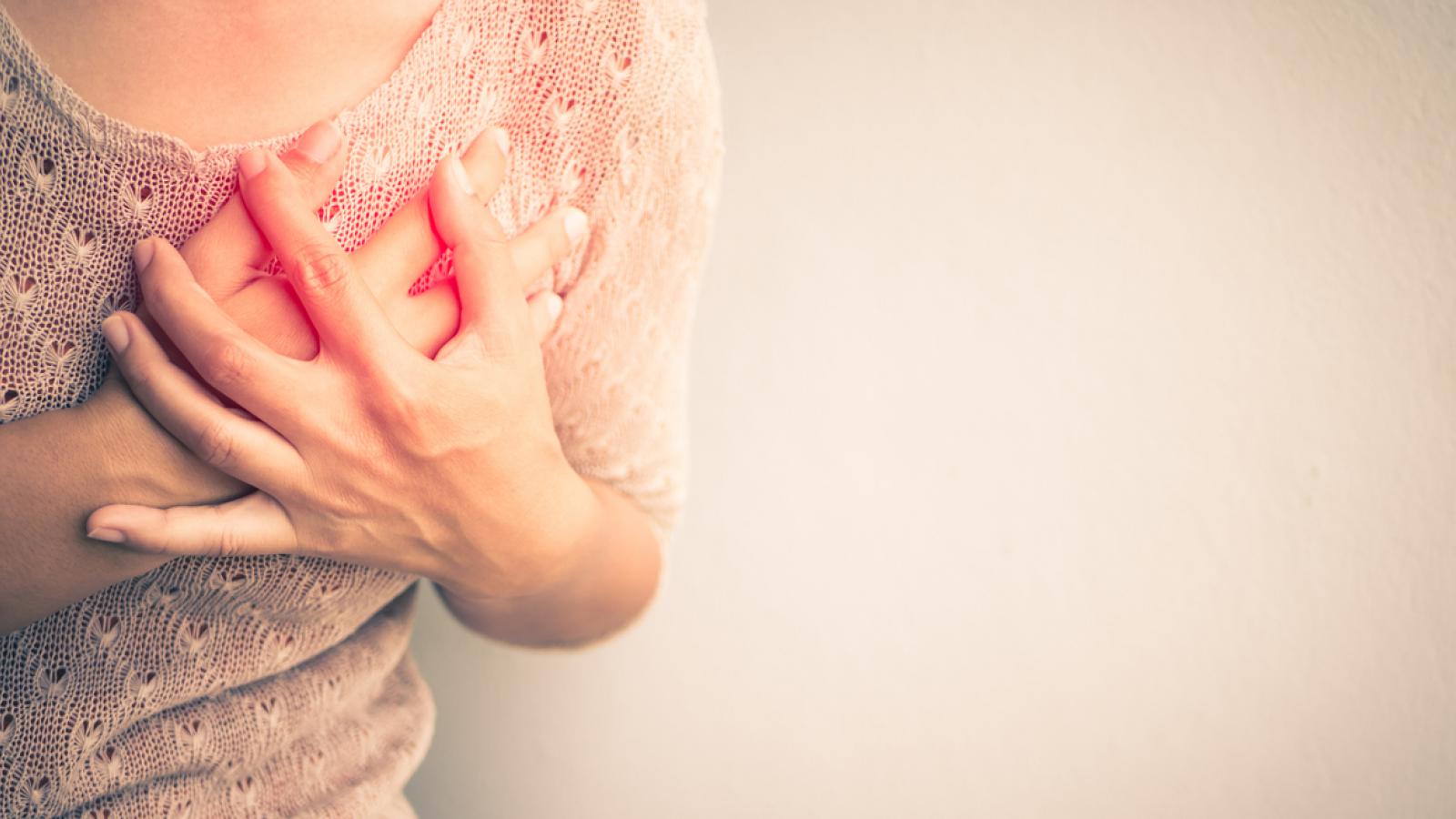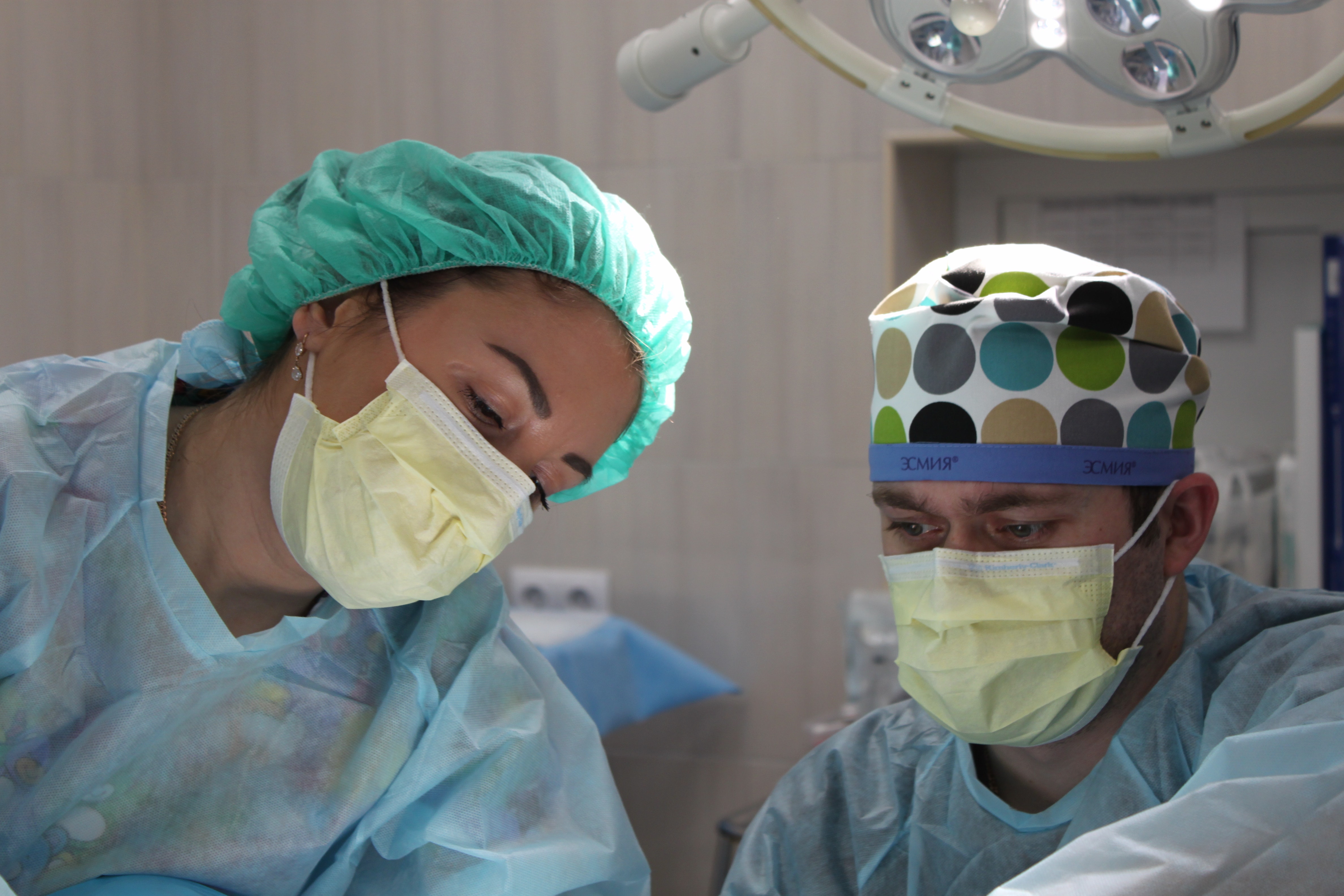Possible complications of breast reconstruction surgery

Immediate risks
- Wound problems: These are usually minor but sometimes can become more serious. For example, infection, skin loss, or if the wound opens. You might have to return to surgery for the wound to be repaired. Antibiotics are sometimes given to reduce the risk of infection.
- Bleeding and bruising: Some bruising at the breast site and area where tissue was taken from (donor site) is very common. Usually, they cause no problems but occasionally blood can collect beneath the wound site. This is called a haematoma and may need to be drained under anaesthetic. In very rare occasions, bleeding can occur soon after surgery. You may need further surgery to stop it. Sometimes a blood transfusion may be needed.
- Seroma: Sometimes fluid collects beneath the wound and may need to be drained off in the clinic. This fluid is called a seroma.
- Blood clots: There is a slight risk of blood clots (thrombosis) after your surgery. These can occur in your legs or lungs. Steps can be taken before, during and after surgery to reduce this risk.
- Blocked circulation: With free flap surgery, there is a risk that the blood circulation to the flap becomes blocked. If this happens, it is usually on the first day or so after surgery. Do not worry as you will be checked carefully for this. If it occurs, you will need to return to theatre for the microsurgery to be redone. This usually restores the circulation. But there is a slight risk that it may not be successful and the flap will need to be removed.
- Flap failure: There is always the risk that the flap may fail. This happens in about 1 in 30 women. The risk is higher if you smoke.
- Fat necrosis: Fat necrosis is an area of damaged fatty breast tissue after flap surgery. It is due to a poor blood supply in the reconstructed breast. In some cases, these areas will need to be removed surgically. It is more common if you have had radiation after your first flap surgery.
Long-term risks
- Implant surgery risks: Rupture (splitting) of the implant, infection, hardening around the implant, and visible folds and ripples in your breast.
- Abdominal flap surgery risks: With some abdominal flap surgery, mainly the TRAM flap, there is a risk of abdominal muscle weakness or of a hernia developing.
For more information
Phone
1800 200 700


